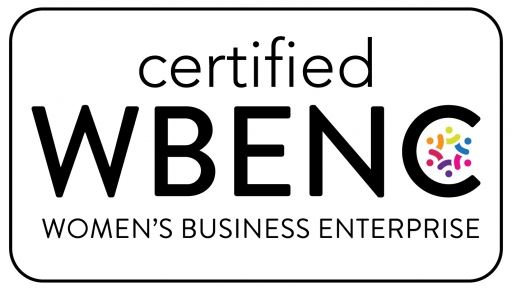
The line between startup and business-as-usual in established organizations is blurring as traditional companies begin to embrace entrepreneurship as a key competency. Small, forward-thinking experiments; iterative co-creation of new ideas; and new approaches to multifunctional collaboration are transforming the way companies operate, unleashing employee ideas, reducing rework and complexity, increasing agility and driving both top-line and bottom-line results. Let’s look at a few examples.
 Nordstrom
Nordstrom
Against increasing pressure for retailers to draw in more shoppers, fashion-specialty retailer Nordstrom completely restructured its innovation process, developing a customer-focused internal consultancy they call the Nordstrom Innovation Lab. Working as a stream lined startup within the Fortune 500 company, the Lab leverages a diversified talent base and utilizes tools similar to those of a lean startup for rapid results. To ensure user-centric innovation, Lab team members identify opportunities for growth through face-to-face interaction with customers, salespeople and store managers. To overcome the typically slow, overly methodical pace of other corporate initiatives, it conducts a series of rapid, one-week experiments, launching products in beta form to quickly identify strengths as well as challenges or issues that can be over come as they iterate new versions of the product throughout the test. As a result of this process change, Nordstrom is attracting a broad diversity of thinking, increasing relevance through in-field rapid prototyping, and hastening go-to-market time for more on-trend products and services that continually define and redefine their hallmark first-class service. While the Lab expects 80% of the products it develops to fail, an early idea sounds promising—an iPad app that allows shoppers to try on and compare sunglasses.
Lancaster Advertising & Marketing
While Nordstrom chose to leverage its internal strengths through process innovation, Texas-based Lancaster Advertising & Marketing restructured its organizational model to tap into the strong, diversified talent available in the “freelancenation.” In 2004, the small business employed 15 full-time staffers in a 4,000-square-foot office; now, the founder is the only full-time employee and the office space has dropped to 350 square feet. Instead of employing a staff, the company utilizes between 15 and 30 specialist freelancers—software programmers, search-engine marketing specialists, graphic designers and more—pooled from a vast global talent base that includes the US, Asia, Eastern Europe and South America. The results? Decreased overhead, increased flexibility and a solid plan for a more diverse portfolio of deliverables to better delight a whole new set of clients.
The Garage Review: Business Model Innovation to Harness the Constant Flux
To read about more of these trailblazing, boundary-pushing, innovative organizations, check out The 2013 Garage Review. We hope The 2013 Garage Review inspires you to consider how you might take an entrepreneurial approach to innovating your own business model. We’re always on the look-out for innovative business models, so send us a tweet or a quick note when you see a great example — who knows, maybe it’ll end up in our next Review!



